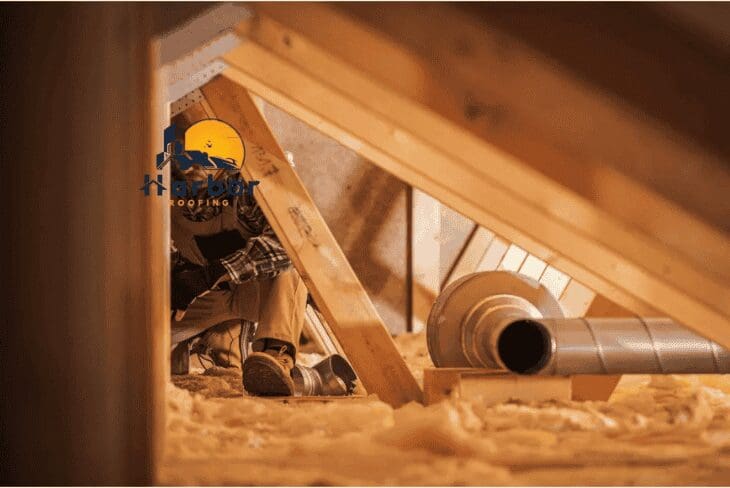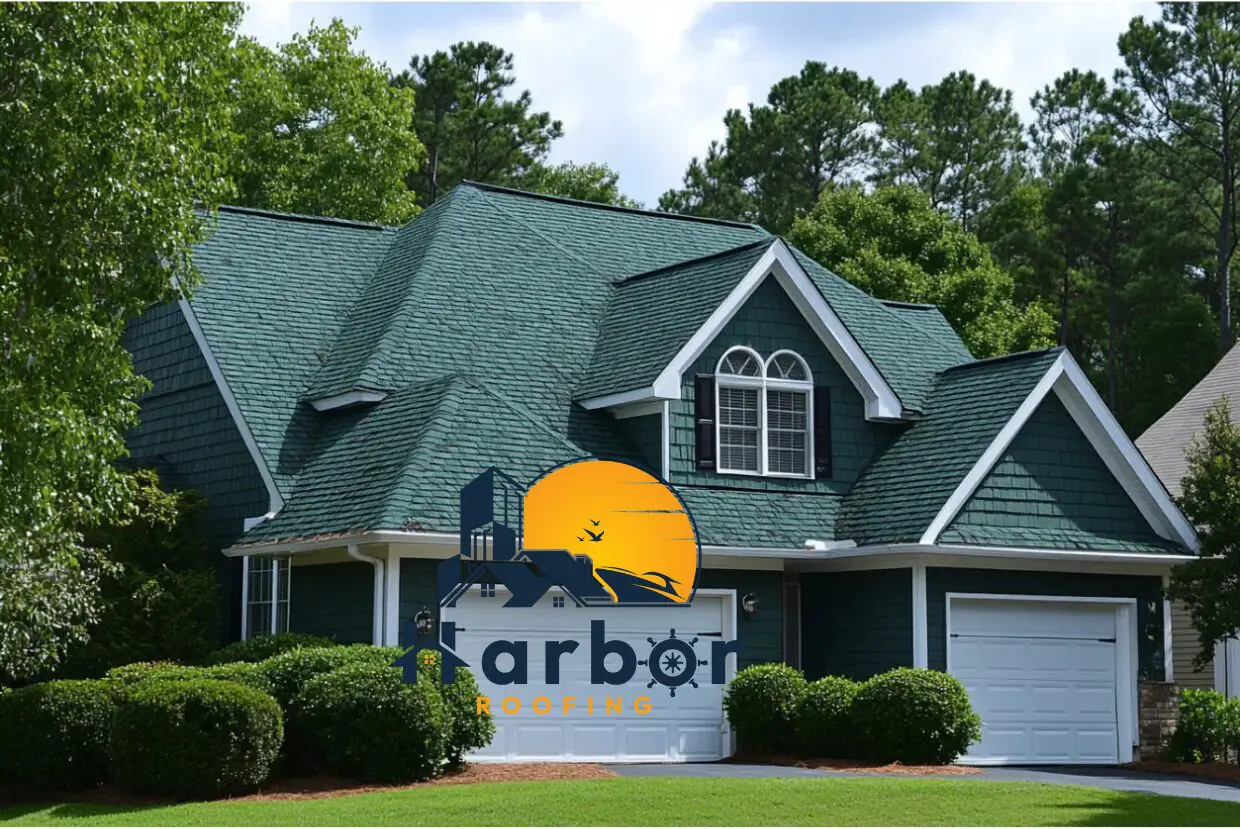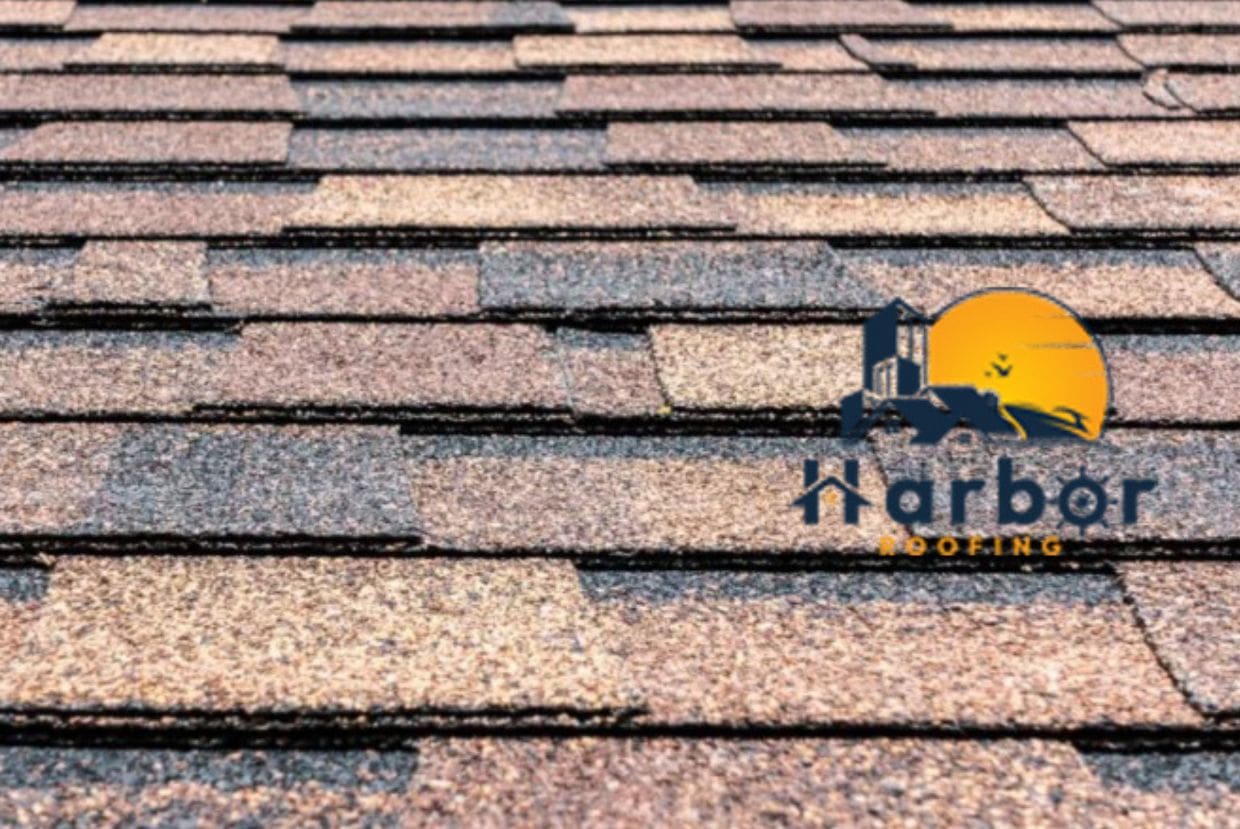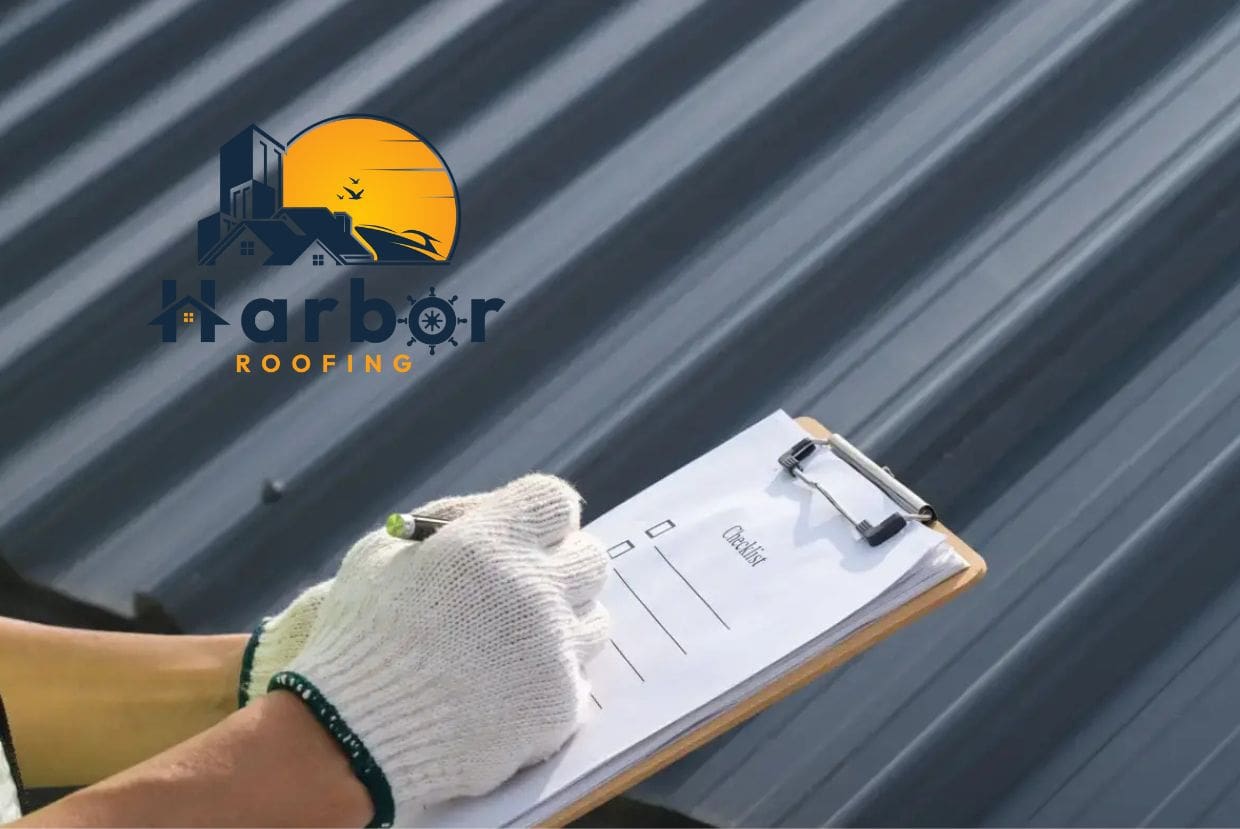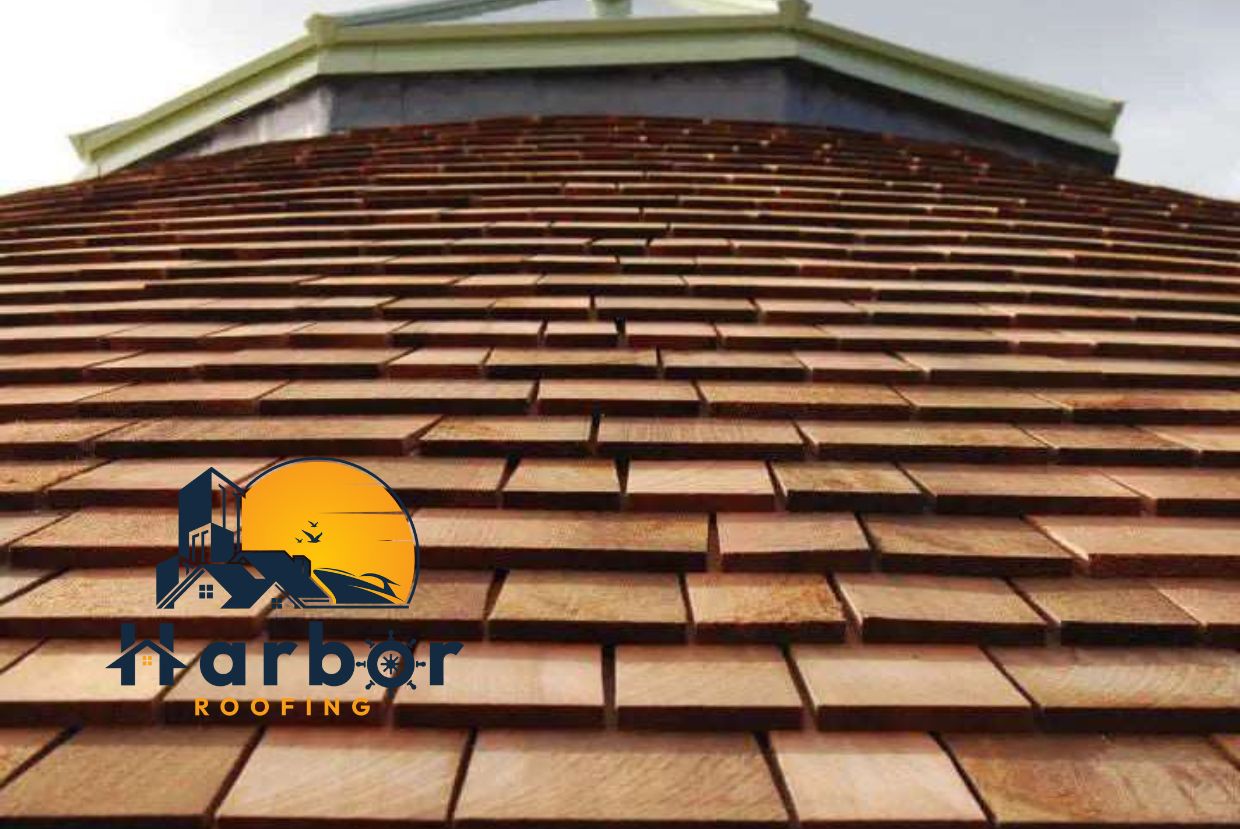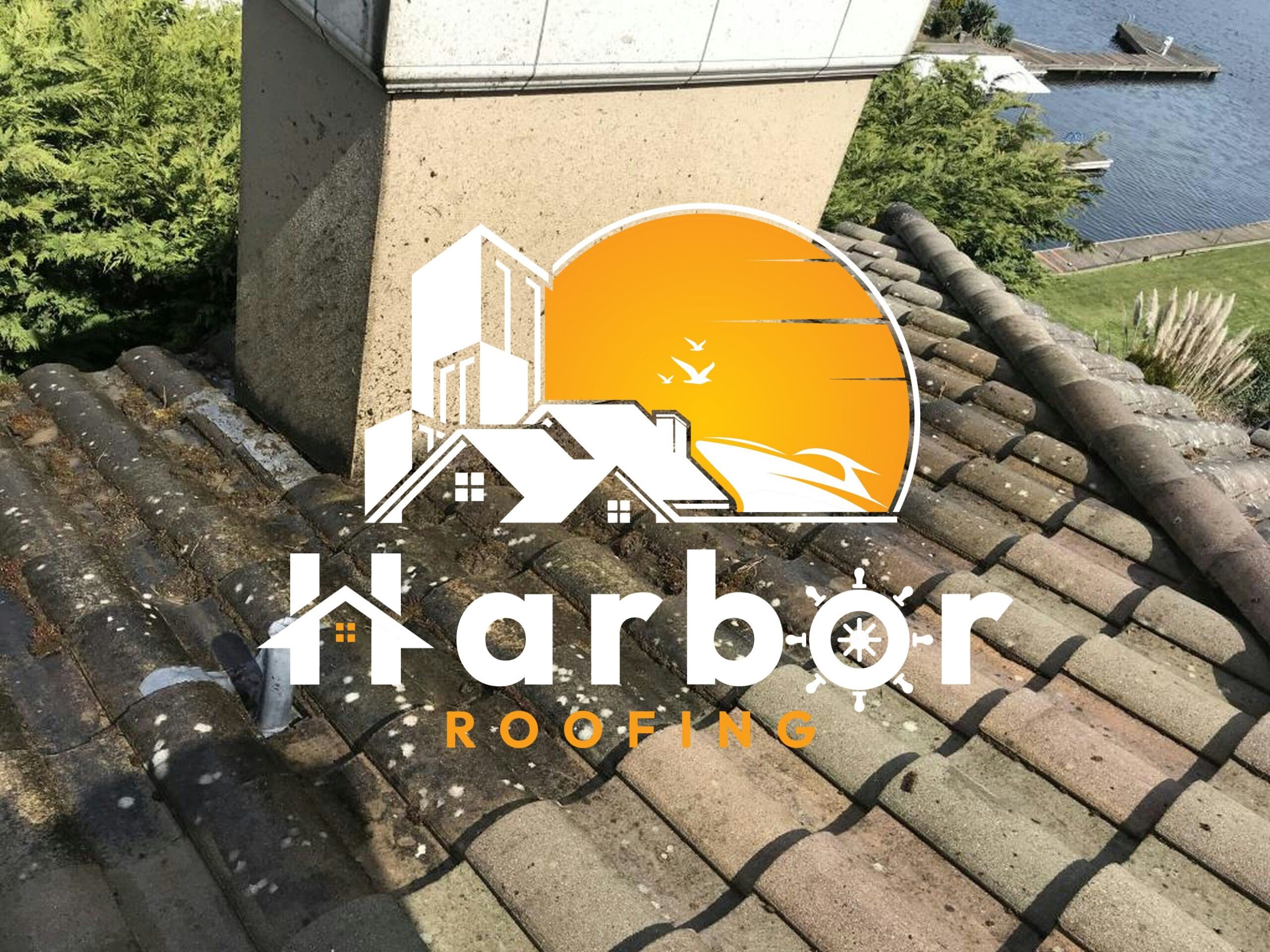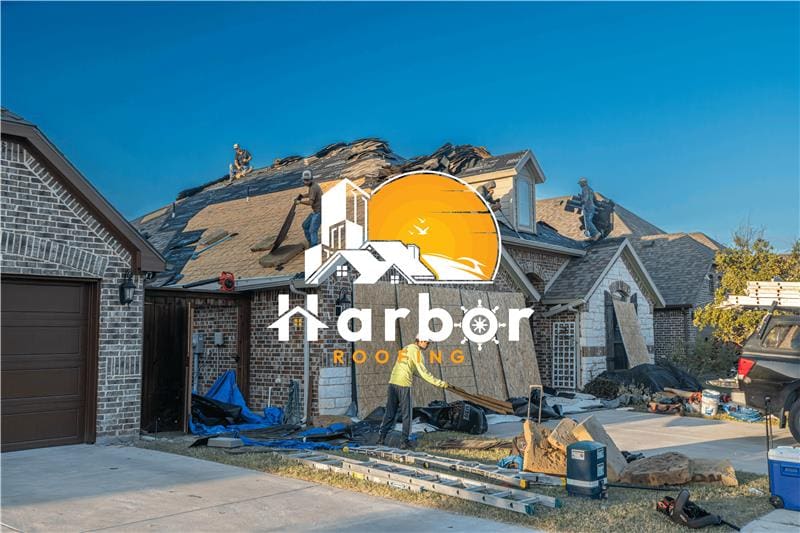Summer is great for outdoor adventures, but not for your attic. Ever walked into your attic at the peak of summer? It feels like someone dropped the sun in there. That stifling heat is a sign that your home lacks proper roof ventilation. A well-ventilated roof is one of the most effective ways to protect your home, especially as temperatures begin to rise. In addition to helping your house stay cooler, roof ventilation in summer helps lower your energy bills and keep your roof in better shape.
Unfortunately, until there is a leak or visible damage to their roof, many homeowners don’t give it much thought. It’s like a forgotten, yet significant part of the home. In this article, we’ll walk you through what roof ventilation is, why it matters most during hot weather, and how to determine if your system is performing as it should or if it’s time for an upgrade.
What Is Roof Ventilation?

Simply put, roof ventilation is the roofing version of respiration in plants and animals. It is your roof’s natural way of breathing. It is composed of a system of intake and exhaust vents that allow fresh air to flow in and push hot, stale air out, typically through the attic space.
There are two key parts to a roof ventilation system: intake vents and exhaust vents. Intake vents, typically installed under the eaves or in the soffits, allow cooler outside air to flow into the attic. Meanwhile, exhaust vents, such as ridge vents or gable vents, let the hot, stale air escape. This balanced airflow helps regulate the temperature in your attic, keeping the entire system working efficiently.
Together, they create a continuous airflow that helps regulate temperature and moisture. When your roof ventilation works well, your attic stays cooler, your roof stays healthier, and your home becomes more energy-efficient.
How Summer Heat Affects Your Roof
During the summer, your roof absorbs sunlight throughout the day. That heat radiates into the attic, where temperatures can easily climb to 130 to 150°F. Without a proper escape route, the hot air lingers and begins to affect the rest of your home, especially the upper floors. This trapped heat seeps downward, forcing your air conditioner to work overtime to maintain a comfortable indoor temperature. Even in dry climates, the accumulation of heat can lead to humidity in the attic, creating the perfect conditions for mold and mildew to grow. Poor ventilation during hot weather can lead to higher energy bills and long-term damage to your home.
Benefits of Roof Ventilation in Summer

Keeps Your Home Cooler
When hot air gets trapped in your attic, it radiates downward. This makes your second floor feel like a sauna, even if the AC is running full blast. Good ventilation allows hot air to escape, helping your home stay naturally cooler.
That means your air conditioning system doesn’t have to work as hard or run as long. And that brings us to the next perk.
Prevents Moisture Damage
People often assume moisture problems only happen in winter, but that’s not the case. Hot, humid summer air can still lead to condensation in the attic, especially after a summer rain.
Without ventilation, this moisture gets trapped, creating a breeding ground for mold, mildew, and rot. Ventilation keeps the air moving and helps moisture evaporate before it becomes a problem.
Extends Roof Lifespan
Your roof is under a lot of pressure in summer. The intense heat can cause shingles to crack, curl, or deteriorate faster than usual. A poorly ventilated roof is like an oven baking the materials from underneath.
But when air flows properly, it helps regulate attic temperature and protects your roof from unnecessary wear and tear. That means fewer repairs and a longer life for your roof.
Lowers Energy Bills
Who doesn’t want a break on their summer energy bills? When your attic is cooler, your HVAC system doesn’t have to use as much energy to keep your home comfortable. That means lower bills and less energy wasted.
It’s a simple fix that pays off all season long.
Signs Your Roof Ventilation in Summer Might Not Be Working
Your Upstairs Feels Like an Oven
During the summer, upstairs becomes a dreadful place to be because the heat is unbearable. This is a classic sign that your attic is holding onto too much heat. While it’s easy to blame the sun beaming through your windows, the real issue could be coming from above. Without proper roof ventilation in summer, the hot air in your attic radiates downward, making upper rooms uncomfortable, regardless of how high you crank the AC.
Increased Energy Bills
If your electricity bill makes you do a double-take every summer, poor attic ventilation might be the culprit. When heat builds up in the attic and leaks into your living space, your air conditioning system must work twice as hard to maintain a cool temperature. This results in increased energy consumption, higher costs, and greater wear and tear on your HVAC system. Ventilation helps reduce that load by allowing hot air to escape, making it easier and more cost-effective to maintain a comfortable indoor temperature.
Rust, Mold, or Musty Smells in the Attic
Although summer is typically dry in many places, moisture can still become a significant issue in an unventilated attic. Warm, stagnant air creates the perfect environment for humidity to gather, especially after a summer rain or on humid days. Over time, you may notice a musty smell upon entering the attic or even spot signs of rust on metal components and mildew on the wood. These are significant signs indicating that moisture is being trapped and your ventilation system isn’t functioning properly.
Curling or Warping Roof Shingles
Shingles that are lifting, curling, or cracking could be reacting to excessive heat buildup. A well-ventilated attic can prevent this kind of premature aging.
You can inspect your roof from the ground or have a professional take a look at it. If you notice shingles that are curling, cracking, or warping, that could be a direct result of excessive attic heat. Shingles are designed to withstand the elements; however, when they’re constantly exposed to high temperatures from beneath, they start to degrade much faster. A well-ventilated attic allows hot air to escape, rather than sitting under the roof deck and heating the shingles from below.
How to Improve Roof Ventilation in Summer
Fortunately, you can address your roof ventilation issues without incurring significant costs. The first step is to give your vents a thorough inspection. Many homes typically have both intake and exhaust vents. The common types of roof vents include:
- Gable vents
- Soffit vents (intake)
- Ridge vents (exhaust)
- Powered attic fans (for extra airflow)
If you live in an older home, your ventilation setup might be outdated or incomplete. That’s your cue to hire a professional roofing contractor. They can assess your current system and recommend upgrades that suit your roof design and climate. And if you’re replacing your roof soon, it’s the perfect time to improve your ventilation system. Investing now saves you tons later.
Conclusion
Summer can be brutal on your home, especially your roof. But with proper roof ventilation, you don’t have to suffer through hot, stuffy rooms or outrageous cooling bills.
Beyond the desire for comfort, adequate roof ventilation in summer will protect your investment, save on energy, and make your home healthier and more efficient.
If your attic feels like a furnace, it might be time to take a closer look at how your roof is breathing. A little airflow goes a long way, especially when the heat is on.
Frequently Asked Questions
Does roof ventilation also help in winter?
Yes, it does. In winter, proper ventilation prevents condensation from forming in your attic. It also helps reduce ice dams by maintaining a more consistent roof temperature.
Can roof ventilation replace air conditioning?
Not exactly. Ventilation supports your AC by reducing indoor heat buildup, but it doesn’t directly cool your house. So, you can consider it a sidekick, not a replacement.
How do I know what type of vent I have?
Take a look around your roof edges (soffits), the ridge line, and attic space. You may see visible vents or fans. A roofing contractor can help identify and assess them more accurately if you’re unsure.

